
How to Use 5v fan: Examples, Pinouts, and Specs
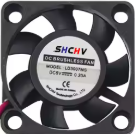
 Design with 5v fan in Cirkit Designer
Design with 5v fan in Cirkit DesignerIntroduction
The 5V fan is a small electric fan designed to operate on a 5-volt DC power supply. It is widely used for cooling electronic components, such as microcontrollers, power regulators, and other heat-sensitive devices. Its compact size and low power consumption make it ideal for use in small electronic projects, computer cases, and embedded systems.
Explore Projects Built with 5v fan
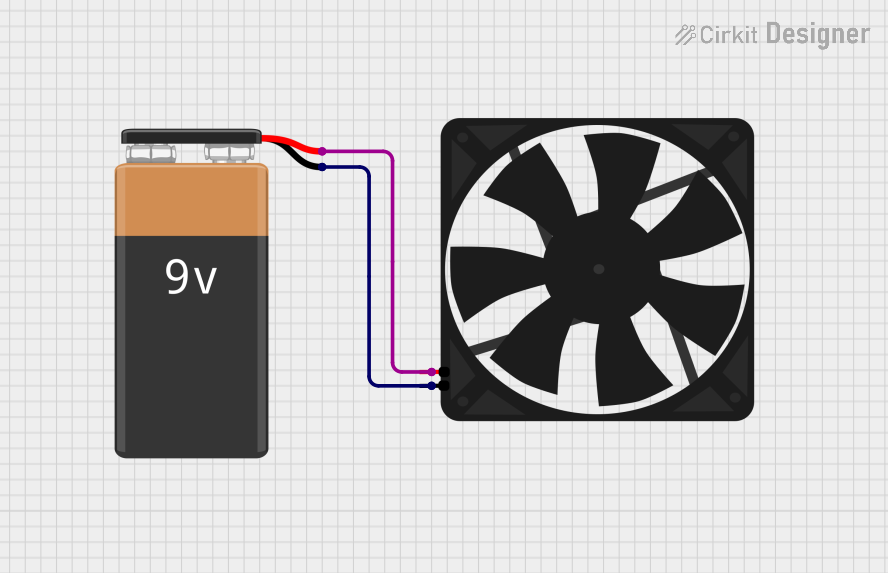
 Open Project in Cirkit Designer
Open Project in Cirkit Designer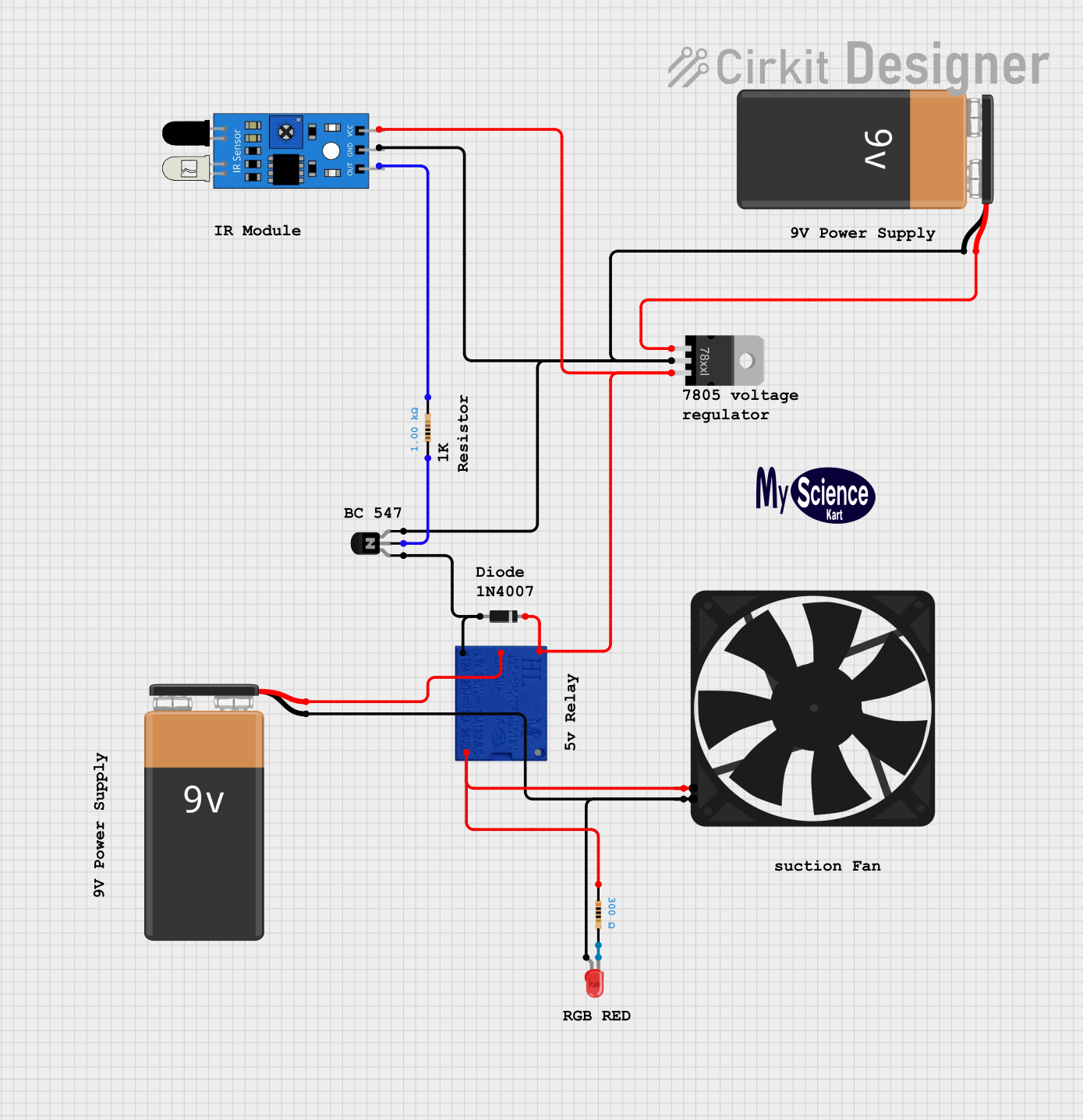
 Open Project in Cirkit Designer
Open Project in Cirkit Designer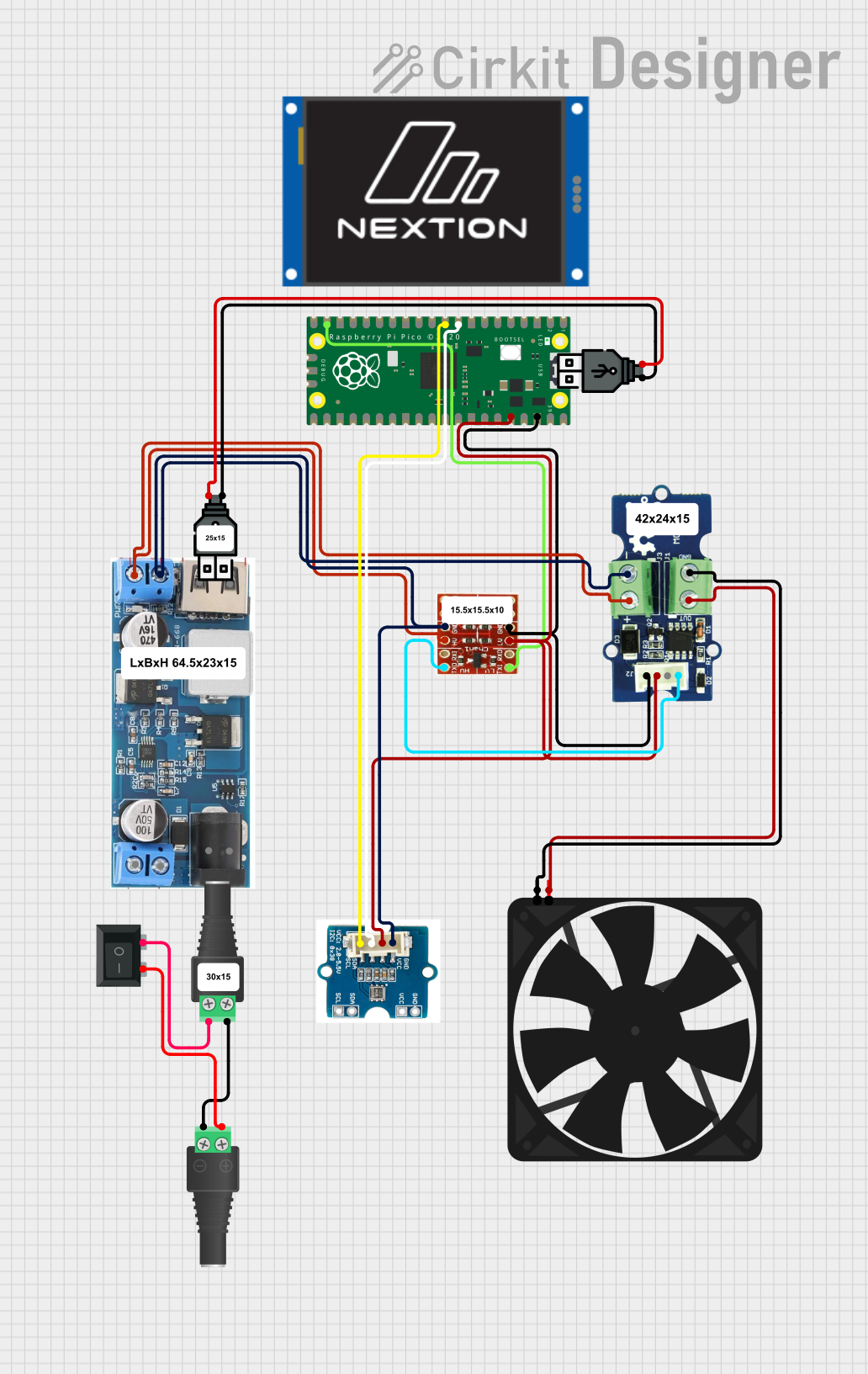
 Open Project in Cirkit Designer
Open Project in Cirkit Designer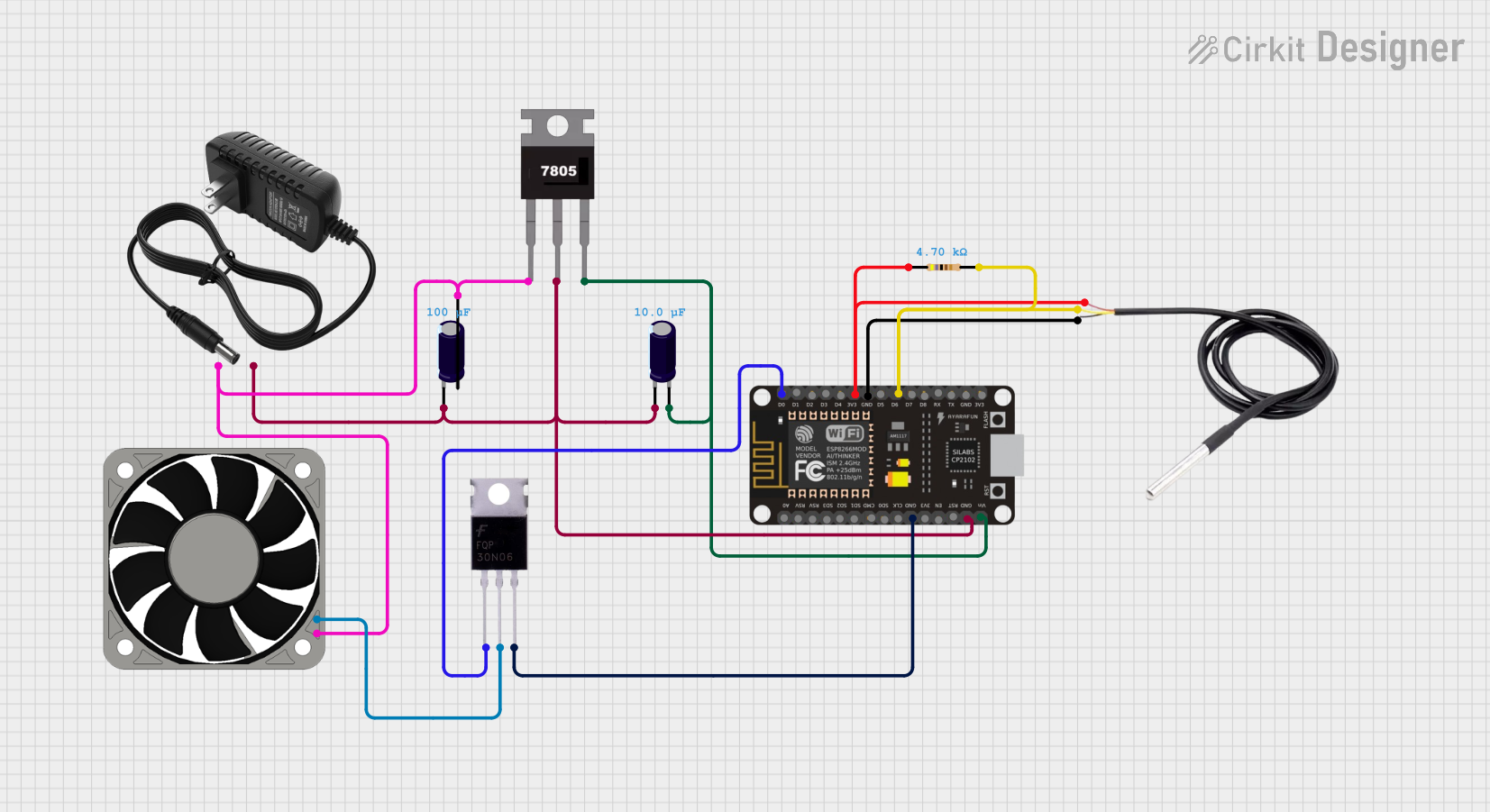
 Open Project in Cirkit Designer
Open Project in Cirkit DesignerExplore Projects Built with 5v fan

 Open Project in Cirkit Designer
Open Project in Cirkit Designer
 Open Project in Cirkit Designer
Open Project in Cirkit Designer
 Open Project in Cirkit Designer
Open Project in Cirkit Designer
 Open Project in Cirkit Designer
Open Project in Cirkit DesignerCommon Applications and Use Cases
- Cooling microcontrollers, such as Arduino or Raspberry Pi boards
- Ventilation in small enclosures or cases
- Heat dissipation for voltage regulators, MOSFETs, or other power components
- DIY projects requiring airflow in compact spaces
Technical Specifications
Below are the key technical details of a typical 5V fan:
| Parameter | Value |
|---|---|
| Operating Voltage | 5V DC |
| Current Consumption | 80-200 mA (varies by model) |
| Power Consumption | 0.4W to 1W |
| Fan Speed | 3000-8000 RPM (varies by model) |
| Airflow | 2-10 CFM (Cubic Feet per Minute) |
| Noise Level | 20-30 dBA (varies by model) |
| Dimensions | Common sizes: 30x30mm, 40x40mm |
| Connector Type | 2-pin or 3-pin (depending on model) |
Pin Configuration and Descriptions
The 5V fan typically comes with a 2-pin or 3-pin connector. Below is the pin configuration:
2-Pin Connector
| Pin | Wire Color | Description |
|---|---|---|
| 1 | Red | Positive terminal (5V input) |
| 2 | Black | Ground (GND) |
3-Pin Connector
| Pin | Wire Color | Description |
|---|---|---|
| 1 | Red | Positive terminal (5V input) |
| 2 | Black | Ground (GND) |
| 3 | Yellow | Tachometer (speed feedback) |
Usage Instructions
How to Use the 5V Fan in a Circuit
- Power Supply: Connect the red wire to a 5V DC power source and the black wire to ground (GND). Ensure the power supply can provide sufficient current (at least 200 mA).
- Mounting: Secure the fan in place using screws or adhesive mounts. Ensure the airflow direction aligns with your cooling requirements (usually indicated by arrows on the fan housing).
- Optional Speed Control: For 3-pin fans, you can monitor or control the fan speed using the yellow tachometer wire with a microcontroller.
Example: Connecting a 5V Fan to an Arduino UNO
Below is an example of how to control a 5V fan using an Arduino UNO and a transistor for switching:
Circuit Setup
- Connect the fan's red wire to the collector of an NPN transistor (e.g., 2N2222).
- Connect the fan's black wire to GND.
- Connect the emitter of the transistor to GND.
- Connect a 1kΩ resistor between the base of the transistor and a digital pin on the Arduino (e.g., pin 9).
- Connect the Arduino's GND to the power supply's GND.
Arduino Code
// Define the pin connected to the transistor base
const int fanPin = 9;
void setup() {
pinMode(fanPin, OUTPUT); // Set the fan control pin as an output
}
void loop() {
digitalWrite(fanPin, HIGH); // Turn the fan ON
delay(5000); // Keep the fan ON for 5 seconds
digitalWrite(fanPin, LOW); // Turn the fan OFF
delay(5000); // Keep the fan OFF for 5 seconds
}
Important Considerations and Best Practices
- Voltage Compatibility: Ensure the fan is powered by a stable 5V DC supply. Overvoltage can damage the fan.
- Current Rating: Verify that your power source can supply enough current for the fan.
- Airflow Direction: Check the arrows on the fan housing to ensure proper airflow direction.
- Noise Levels: If noise is a concern, consider using a fan with a lower RPM or adding vibration dampeners.
Troubleshooting and FAQs
Common Issues and Solutions
Fan Does Not Spin
- Cause: Insufficient power supply or incorrect wiring.
- Solution: Verify the power supply voltage and current. Check the wiring connections.
Fan Spins Slowly
- Cause: Insufficient current or high resistance in the circuit.
- Solution: Ensure the power supply can provide at least 200 mA. Check for loose or corroded connections.
Excessive Noise
- Cause: Dust buildup or mechanical wear.
- Solution: Clean the fan blades and housing. Replace the fan if the noise persists.
Fan Overheats
- Cause: Prolonged operation at high ambient temperatures.
- Solution: Ensure proper ventilation and avoid blocking the airflow.
FAQs
Q: Can I power the 5V fan directly from an Arduino UNO?
A: While the Arduino UNO's 5V pin can power a small fan, it is not recommended due to the limited current capacity of the board. Use an external power supply or a transistor for switching.
Q: How do I control the fan speed?
A: For 3-pin fans, you can use the tachometer wire to monitor speed or a PWM signal to control it. For 2-pin fans, speed control requires additional circuitry, such as a PWM driver.
Q: Can I use a 5V fan with a 12V power supply?
A: No, applying 12V to a 5V fan will likely damage it. Use a voltage regulator or step-down converter to supply 5V.
Q: How do I know the airflow direction?
A: Most fans have arrows on the housing indicating the airflow and blade rotation direction.
By following this documentation, you can effectively integrate a 5V fan into your projects for efficient cooling and reliable operation.